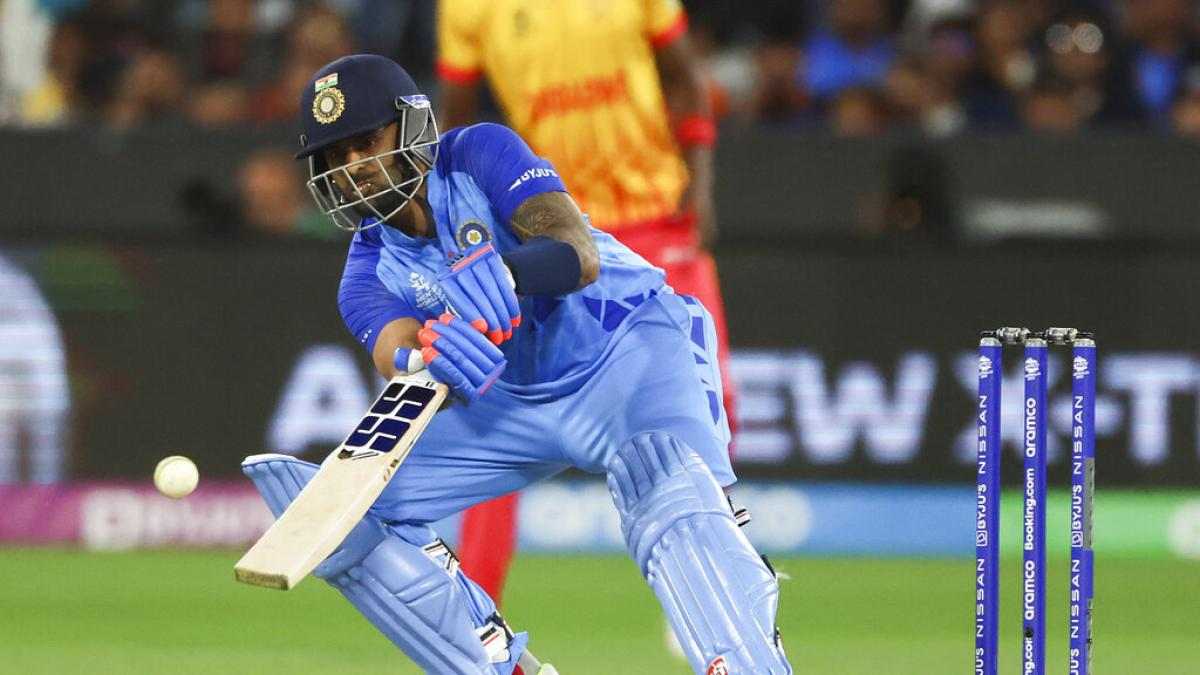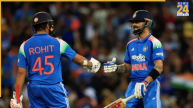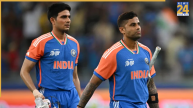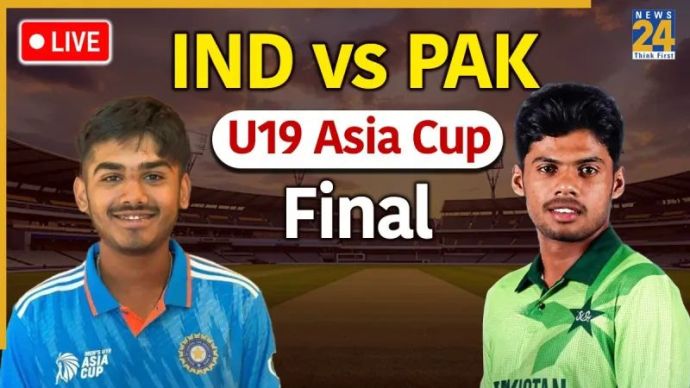Written By: Laksh Manan
For decades, cricket has adhered to a traditional metric for evaluating batters: the batting average. Whether it’s in Test matches, One Day Internationals (ODIs), or T20 Internationals (T20Is), a player’s quality has been judged by the number of runs they’ve accumulated and the average at which they’ve done so. This has long made sense in Test cricket, where patience, endurance, and consistency are key to success.
However, the explosive rise of T20 cricket has upended this long-held belief. The shortest format of the game, where speed and adaptability reign supreme, requires a re-evaluation of a batter’s effectiveness. In T20 cricket, a batter’s strike rate has often proven to be more critical than their average.
The Nature of T20: Fast, Unpredictable, and Thrilling
T20 cricket has emerged as the sport’s most fast-paced and entertaining format. Matches last just over three hours, with outcomes often unpredictable due to the shortness of the game. The format thrives on batting-friendly pitches, except for rare tournaments like this year’s World Cup, where bowlers have had an upper hand. This unpredictability adds to the spectacle but also imposes unique demands on players, particularly batters.
In T20 cricket, speed is everything. A batter scoring 70 runs off 30 balls is often more valuable than one scoring 70 off 50. Faster scoring increases pressure on the opposition, often forcing errors and risky decisions. On the other hand, slower scoring risks applying pressure on the batter’s team, especially in high-stakes matches on pitches designed for rapid run accumulation—though the 2024 World Cup has proven to be an exception.
Also Read: Ishan Kishan Takes The Helm! Returns As Captain Of Jharkhand For Ranji Trophy!
Why Strike Rates Matter More in T20
The argument for prioritizing strike rates over averages becomes even more apparent when we look at the careers of some of cricket’s most prominent players. Here, traditional averages fall short of capturing the true impact a player can have in the T20 format.
Virat Kohli: A Case of Great Averages but Average Strike Rate
Virat Kohli boasts an impressive T20I average of 48.69, which by conventional standards is exceptional. Yet, his strike rate of 137.04 tells a different story. While Kohli’s consistency is unquestionable, he has frequently faced criticism for slowing down during the middle overs, which can sometimes put unnecessary pressure on his team. This reflects the growing importance of the strike rate as a better indicator of performance in T20 cricket.
Kane Williamson and MS Dhoni: Stellar Batters but Slower in T20
Kane Williamson, another world-class batter, holds an average of 33.44 but his strike rate of 123.08 is widely considered too slow for T20’s fast-paced demands. Similarly, MS Dhoni, famous for his calm under pressure and match-finishing abilities, had a T20I average of 37.60 but a strike rate of only 126.13. Despite his match-winning reputation, this relatively low strike rate showed his struggle in situations that demanded rapid scoring.
Babar Azam and Mohammad Rizwan: Consistent but Not Quick Enough?
Pakistan’s Babar Azam, with an average of 41.03 and a strike rate of 129.08, and Mohammad Rizwan, averaging 48.72 with a strike rate of 126.45, offer consistency. However, their relatively slower scoring rates may limit their teams’ ability to reach the explosive totals often required in T20 cricket. This conservative approach can shift the pressure back onto their team, demonstrating the crucial role strike rates play in modern-day T20.
The Power of Fast Scoring: Suryakumar Yadav, Rohit Sharma, and Yashasvi Jaiswal
On the opposite end of the spectrum are players like Suryakumar Yadav, Rohit Sharma, and Yashasvi Jaiswal, whose high strike rates have revolutionized the game.
Suryakumar Yadav averages 42.67 but with a phenomenal strike rate of 168.65, scoring nearly 17 runs per 10 balls. His fearless and relentless approach constantly puts bowlers on the defensive, creating opportunities for his team. Yadav exemplifies the shift in focus towards fast, aggressive batting that is key in modern T20 cricket.
Rohit Sharma, while having a lower average of 32.05, maintains a strike rate of 140.89, making him highly effective in high-pressure situations. Yashasvi Jaiswal, a relative newcomer, has made a significant impact with a strike rate of 164.31, combined with an average of 36.15. His aggressive style disrupts opposition bowlers, creating early momentum for his team.
Global Giants: Players Thriving on Strike Rate
Beyond Indian cricket, several international players have also demonstrated the value of maintaining high strike rates. Australia’s Travis Head, with an average of 33.12 but a strike rate of 160.49, has been pivotal in their T20 success. His aggressive batting keeps the opposition on the back foot, capitalizing on opportunities for quick runs. Similarly, England’s Jos Buttler, averaging 35.86 with a strike rate of 146.30, consistently accelerates the game, providing his team with a distinct advantage in high-stakes matches.
The Rise of Strike Rate as the Key Metric in T20
These comparisons underscore a crucial point: while averages retain some importance in T20 cricket, strike rates have emerged as a more decisive metric. In a format where speed is king, players who can maintain a high strike rate are often more valuable than those who accumulate runs without taking risks. For batters maintaining an average above 30 with a strike rate exceeding 150, the elite status in T20I cricket is almost guaranteed.
As teams continue to prioritize quick scoring and aggressive batting, the shift from valuing batting averages to emphasizing strike rates will likely solidify further. The changing dynamics of T20 cricket have reshaped how success is measured, with the strike rate now standing as the primary measure of a batter’s impact in this exhilarating, fast-paced format.
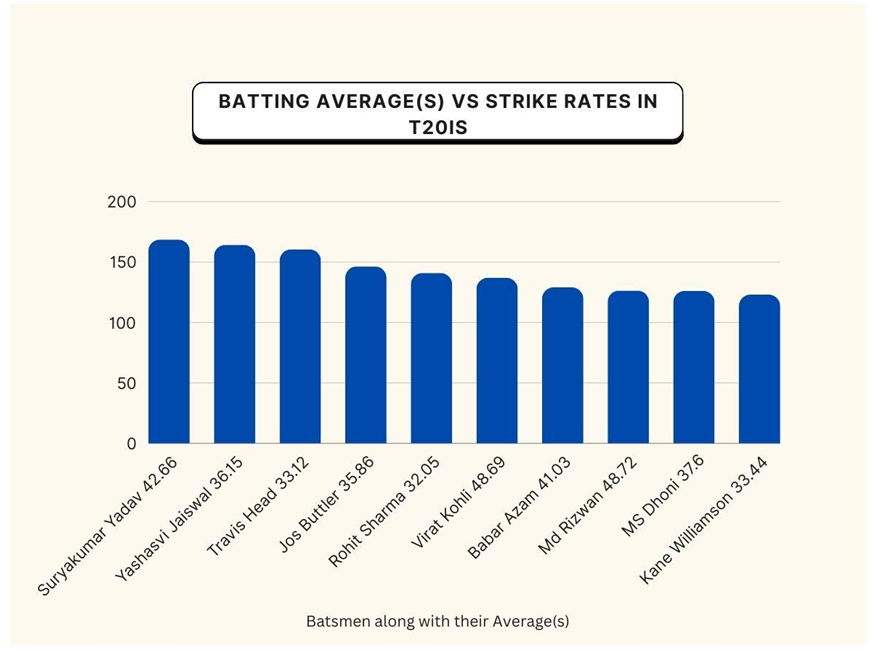
Also Read: PAK Vs ENG First Test, Day 3: Joe Root’s Historic Feat Lit-Up England’s Day!

